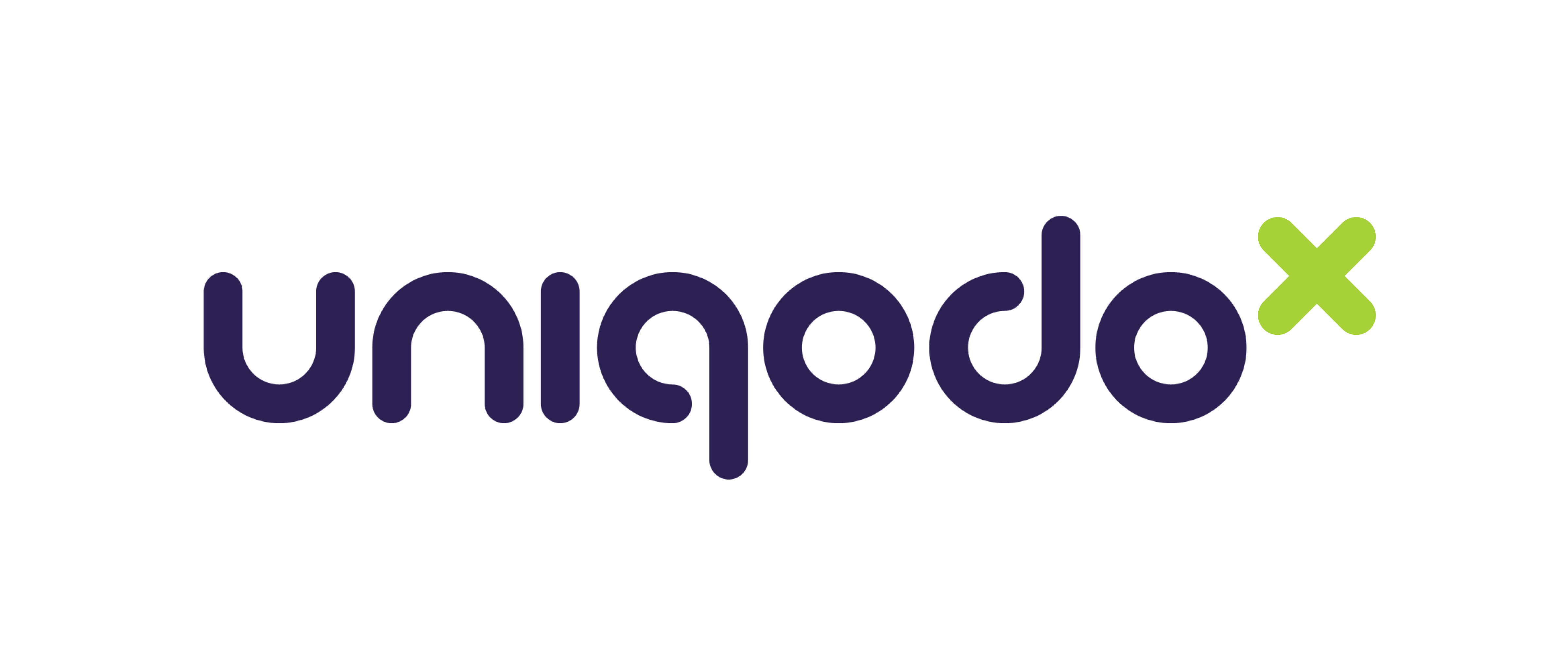At a time when trusted news resources are predicting travel industry job losses of 50 million, it’s easy to feel like you’re fighting a losing battle. But the travel industry has survived crises in the past. And do you know what? It’s managed to weather those storms pretty well.
Although challenging, market downturns are a good opportunity to reassess market alignment and re-tool to prepare for the future. Travel brands that sprung back strong following the 2008 recession and H1N1 Swine Flu pandemic were those that restructured to take advantage of the move towards online booking. Ultimately, past crises have not changed the trajectory of the travel industry, but rather accelerated the adoption of ongoing trends.
What we are going to look at here are tools that travel brands need to manage short-term disruptions, and tools that travel brands should be investigating in order to come back stronger than ever. The best investments you can make today are those that will help you stabilise in the short-term and grow in the long-term.
# 1 - Improve communication
Even if remote working has been on your radar for a while, the chances are that your brand simply doesn’t have the technology it needs to make a success of this shift. That’s why your first technological port of call should be to improve communications in the moment.
The integration of quality video conferencing software and messaging and cloud-based file sharing services could all prove to be valuable long-term investments. Being able to work remotely without disrupting your workflows isn’t just helpful for the current situation, but it will also come in handy in the long term.
-
Zoom — this might be an obvious choice, but Zoom is an easy-to-use, convenient and reliable video conferencing tool. The software allows you to schedule meetings and invite others easily, and provides a range of add-ons you can pay for, such as the ability to host up to 500 participants at once.
-
Slack — one of the most common messaging platforms for businesses, Slack is a great internal tool for easy instant messaging. There’s no need to send internal emails that get lost, and you can even share memos.
-
HomeSlice — there’s no point trying to message one of your team members if they’re halfway round the world from you and asleep. HomeSlice is a simple time zone viewer, making it easier for you to check what time it is in your international office.
-
Trello — this software helps you keep track of everything, so there’s no worry that things are getting missed while everyone is working remotely. It’s flexible and has built-in automation, with ‘power-ups’ (add-ons) that can make your life even easier.
-
Asana — An alternative to Trello is Asana. It’s an online management tool that helps you keep on top of reminders, tasks and to-do lists, helping you to hit deadlines.
This improved tech would mean making it easy for your staff to work from home both now and after the pandemic — something that not all companies are capable of. This could even help secure employees’ loyalty in the long term, and this investment in your staff could benefit you down the line.
Partnering with external businesses
You should even find yourself able to collaborate long-distance with fellow travel brands for partnerships that prop you both up in the future. For example, you can be ready to offer your customers package holidays that make it even easier for them to book when lockdown is lifted. After all, many people will be ready for the holidays they missed in 2020 and will want to book as soon as they can.
Partnering with other brands right now can also give you time to prepare your next marketing campaigns But it should also see you integrating new partnership processes that can ensure you’re better able to collaborate with the best brands once this is over.
# 2 - Upscale using cutting edge technology
Now is the ideal time to turn to cutting edge integrations that can help you to upscale for future success. This can ensure that you’re leading the way for the travel industry, and could also see you improving processes with COVID-19 restrictions in mind. Some technologies you might want to consider taking under your wing include:
Internet of Things (IoT)
There’s never been a better time to integrate IoT. With smartphone-based personalised booking and more, this is certainly a fantastic solution for no-contact bookings during social distancing. Smart airport functions or simplified check-ins are also guaranteed to give your brand an edge when it comes to picking business back up again, especially if there is an emphasis on hygiene.
Augmented reality (AR)
As well as giving consumers the currently vital capability of booking travel through their devices, the introduction of AR into real-world applications such as hotel room key cards can again lessen the need for contact. By getting on top of this now, you could, therefore, keep hold of current bookings and still adhere to regulations.
Virtual reality (VR)
VR makes it possible for customers to explore travel destinations, hotels and more from their homes. Right now, this ability to walk the corridors of your hotel could prove invaluable for securing future bookings. Even once this is all over, the fact that 80% of bookings currently come from online sources means that this integration could continue to boost sales.
Virtual tourism is another interesting future concept. Right now, this is an emerging trend, but it’s possible that given the right developments in technology, entire industries could develop around allowing people to ‘virtually visit’ popular travel destinations. We wouldn’t suggest investing heavily in this right now, but having a foothold in VR may strategically place you to take advantage of this shift if it arrives.
Artificial intelligence (AI)
AI offers prime contactless opportunities within the travel industry. At the moment, the use of additions like chatbots can also see you dealing with large influxes of consumer queries despite a potentially reduced workforce. And, of course, once out of lockdown, tech like speech recognition allows for automated check-ins and the like, which can all help you to continue providing quality services without once risking contagion.
# 3 - Increase personalisation capabilities
It’s also important to remember that every travel brand will be doubling their efforts to impress right now. That means you’re going to need to offer something special if you’re to both capture and keep consumer attention. And there are few better ways to do that than considering tech that increases personalisation.
Personalisation software of all kinds allows you to offer services that specifically capture what your consumers want. At the moment, this approach can prove particularly useful for tempting your bored and unsettled customer base into booking holidays for when this is all over, i.e. those typically quiet winter months.
By integrating personalised software that sends tailored travel emails right to inboxes when everyone’s at home, you could increase open rates by as much as 26%. By utilising these techniques even as we come out of lockdown, you can also continue to appeal to the 41% of consumers who you otherwise risk losing. Some examples of great personalisation tools include:
-
Barilliance — offers personalisation throughout the customer journey, such as product recommendations.
-
RichRelevance — provides enterprise-level personalisation that builds unique and consistent customer experiences.
-
CloudEngage — a scalable and user-friendly tool that provides relevance and context at every touchpoint, which increases conversions.
-
Personyze — uses AI to target and optimise every touchpoint, and provides tailored recommendations.
Unique and personalised promotion code generators could also prove especially efficient right now, as they allow you to send irresistible and tailor-made deals at a time when many customers wouldn’t otherwise consider making travel plans. By giving those offers a relatively long trajectory, you can ensure you receive revenue now and come the end of any lockdowns.
You could also benefit from looking out for software that offers:
-
Personalised marketing
-
Tailored recommendations
-
Personalised algorithms
-
Unique automated chats (especially useful for easing workloads right now)
# 4 - Keep customers happy now
While many of the technologies already discussed do have the ability to improve customer happiness as it stands, you’ll also want to think about further options to guarantee satisfaction despite current limitations.
You’ll mainly want to focus on how to cope with the vast amounts of customers whose trips you’ll need to cancel or otherwise postpone. Integrating automated software that simplifies the refund process should, of course, be crucial to your efforts. But you’ll also want to think about options that allow you to keep hold of that revenue and still impress.
Again, unique promotion code engines are your best chance at this. With this software in place, you’ll be able to automatically send personalised credit vouchers and discounts to the consumers who are missing out at the moment. This should drastically reduce the need for refunds, as well as keeping consumers onside once all this is over.
You’ll also want to take the time to think about how you can utilise all of your new technologies to keep the smiles on your customers’ faces in the future. Again, unique promotions play an especially prevalent role here, and could well see you developing discounts that help you compete and get back on your feet when lockdown lifts.
Plan today to prepare for the future
Though it may not seem like it at the moment, the travel industry is headed for a boom once all this is over. As isolation periods end and lockdowns lighten, people will want to get away more than ever. And by implementing these technologies now with the future in mind, you can make sure that you’re prepared for the influx and in the best position to overcome any revenue losses you face right now.





Subscribe to the Blog